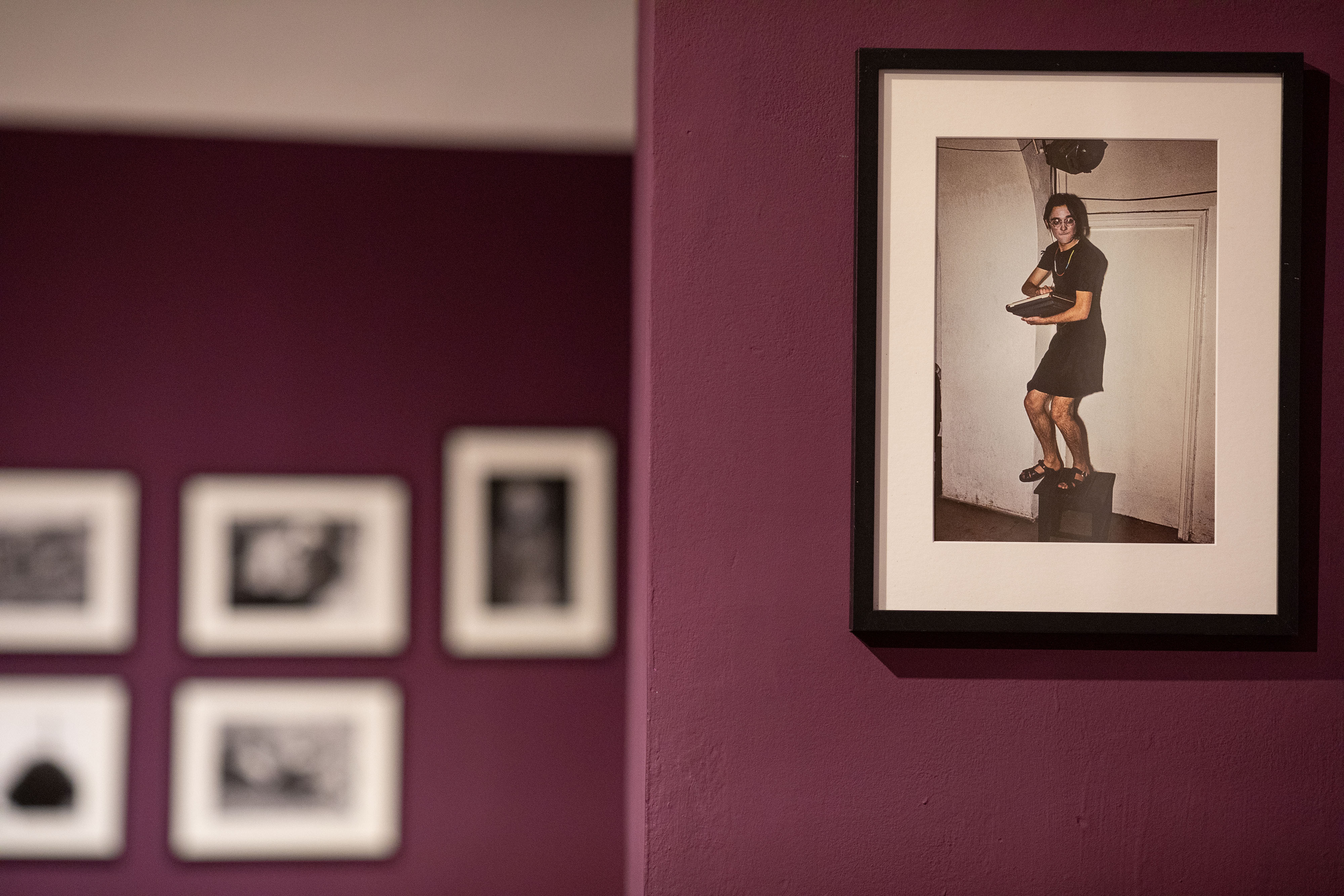In the Anglo-Saxon world the flower power was a massive and significant phenomenon. In Poland and several other countries of Eastern Europe (including the USSR) – hippies never played such a role, but yet marked their independent presence. While consumerism was contested in the West, hippies in PRL (Polska Republika Ludowa, eng. Polish People’s Republic) contested the facade reality and empty slogans with which all institutions of social life have been filled. The sense of overwhelming falsehood in Poland was no less than in the West, only had other sources.
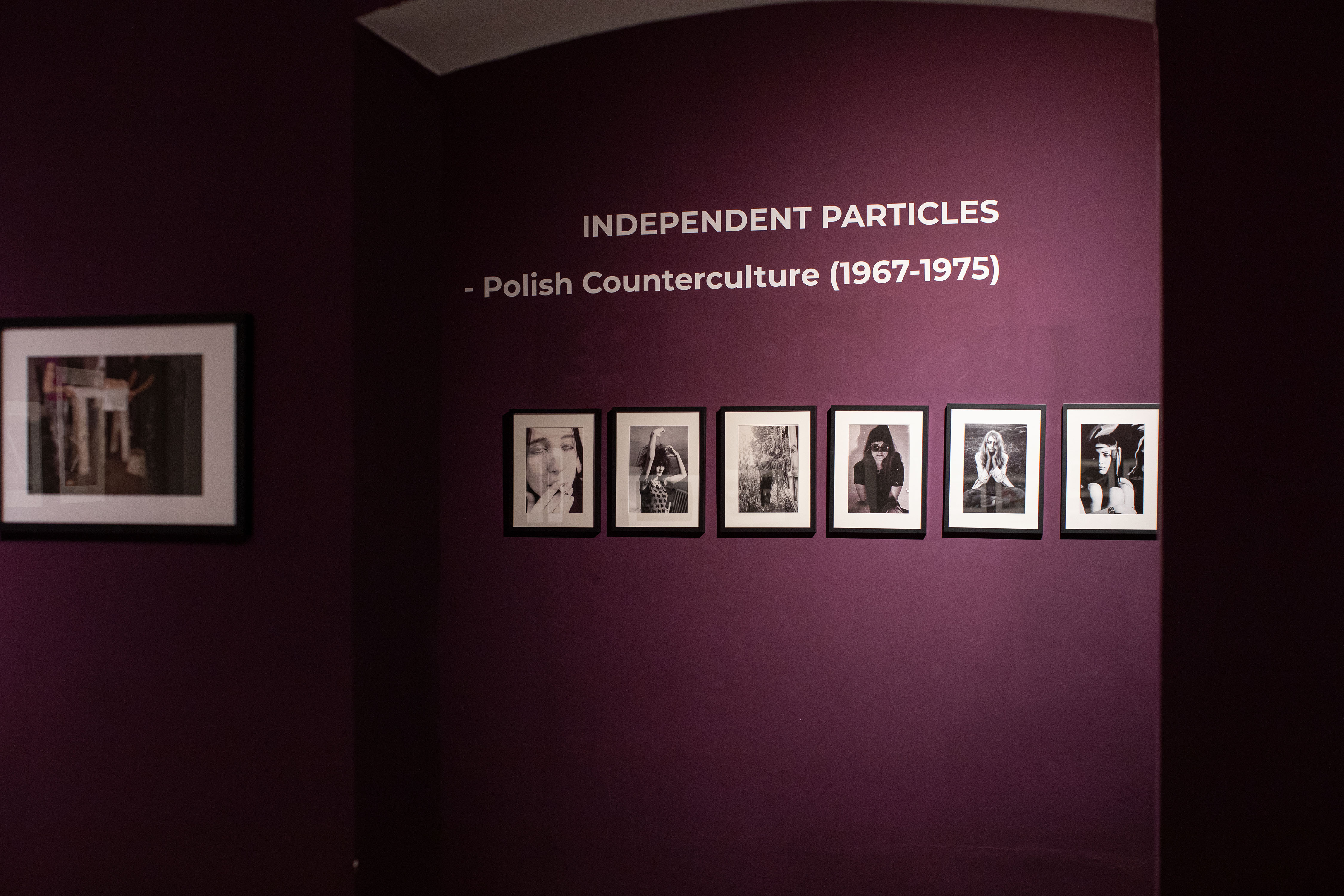
In less than a decade, hippie environments have become established in larger Polish cities with their own leaders, favorite meeting places, most often in student clubs, but also in open air rallies. Polish Hippies created communes throughout the country. Still, they were on the sidelines, they had no spokespersons, such as Ginsberg, who would associate their activities with a moral and conscious revolution. They could not repeat after Dylan that „The Times They Are A Changin’” (1964) because times have not changed in the PRL. Marginalized Polish hippies, however, became the subject of the big interest of the group of already acknowledged and recognized artists such as Jerzy Bereś, Tadeusz Kantor or Henryk Stażewski. Polish hippies traveled to Czechoslovakia, Hungary and visited each other representatives of Czechoslovak and Hungarian counter-culture in Poland.
The fascinating phenomenon of the hippies behind the Iron Curtain has received many studies and publications in free Poland, including Kamil Sipowicz („The Hippies of the PRL”) and researchers of contemporary culture and youth subcultures, such as prof. Wojciech Burszta, prof. Czesław Robotycki, dr Jerzy Wertenstein-Żuławski and dr Mirosław Pęczak and dr Mariusz Czubaj. Two of the most important publications in the subject matter are „The Hippies. In Search of the Promised Land” by the psychiatrist Kazimierz Jankowski and “The Way of Counterculture” by sociologist Aldona Jawłowska, which serves as a kind of bible for reestablishing the system to a part of the Polish intelligentsia of the 1970s.
The aim of the exhibition INDEPENDENT PARTICLES – Polish Counterculture (1967-1975) is to present a social diagnosis showing the cultural dimension of the contestation of the police state at the turn of the 1960s and 1970s. The resistance of hippies to socialist stabilization, even taking the form of escapism, was a ‘dispersed revolution’ with a powerful force of destruction. Despite the commercialization of this first mass youth subculture in the West, the phenomenon of ‘dispersed revolution’ remains for the authors of photographs primarily the germ of positive phenomena. The photographs tell stories about the first signs of freedom, autonomous education, humanistic psychiatry, Buddhism, ecology and independent civic communities. Today, from the perspective of almost half a century, we can still see impressive results of all this.
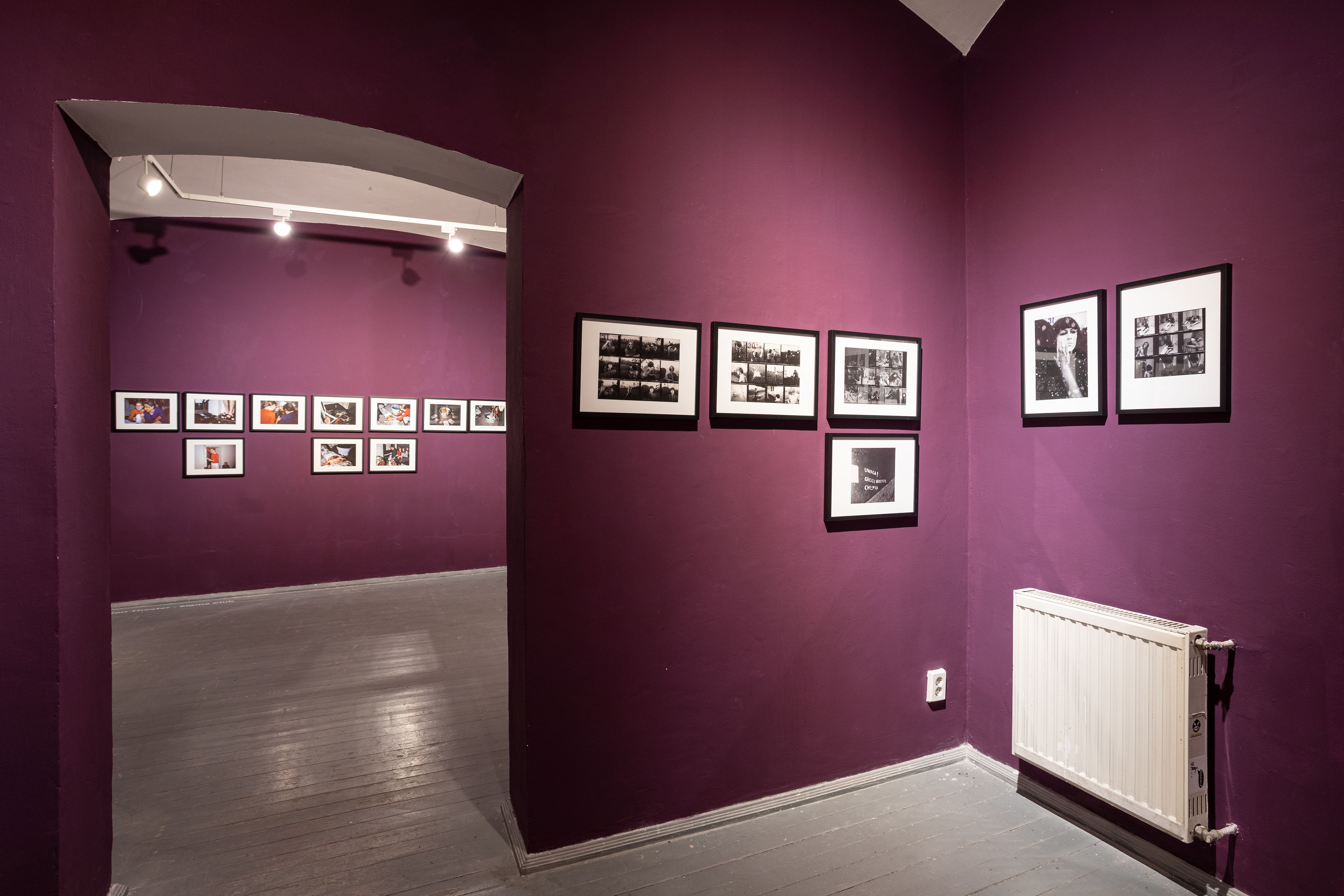
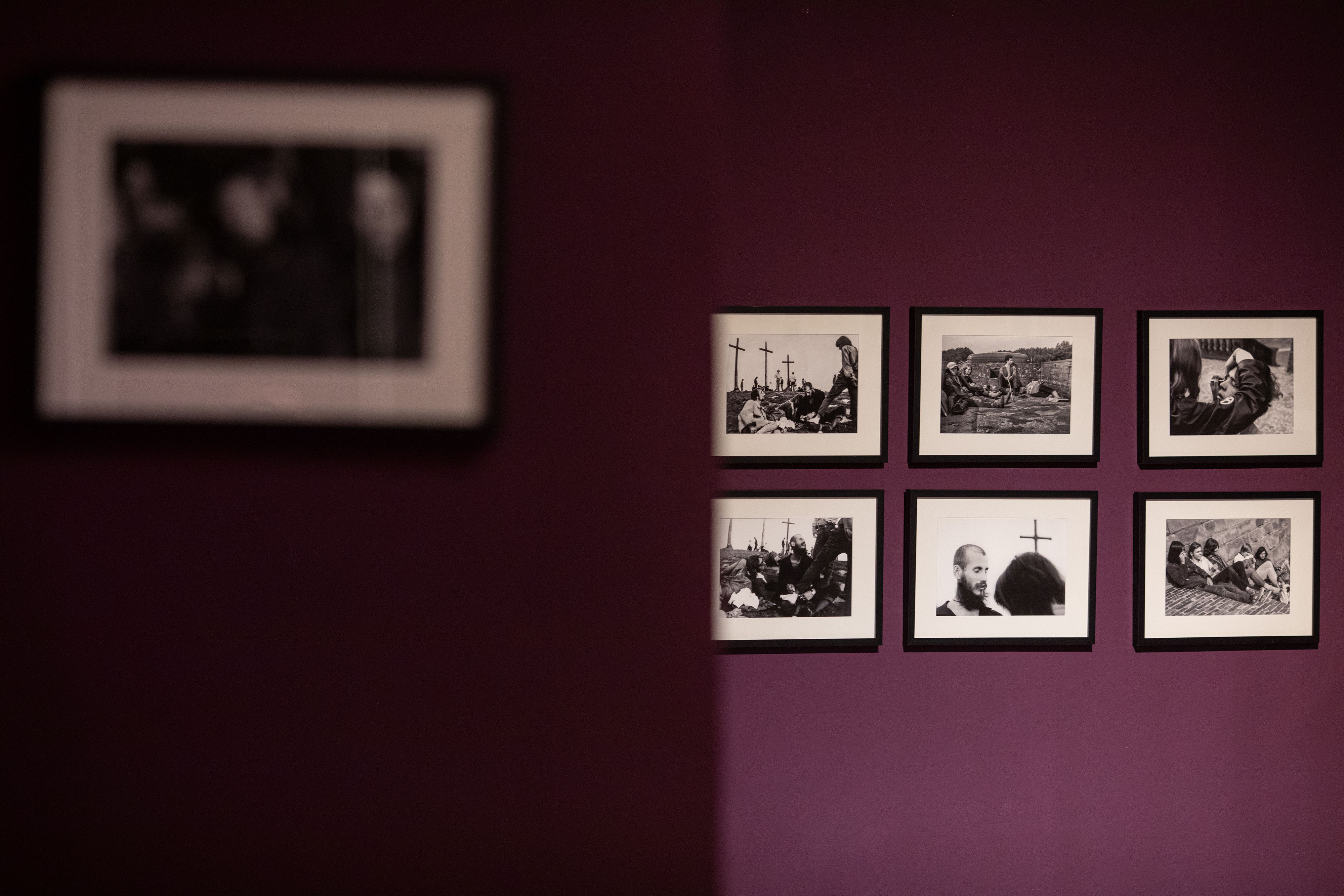
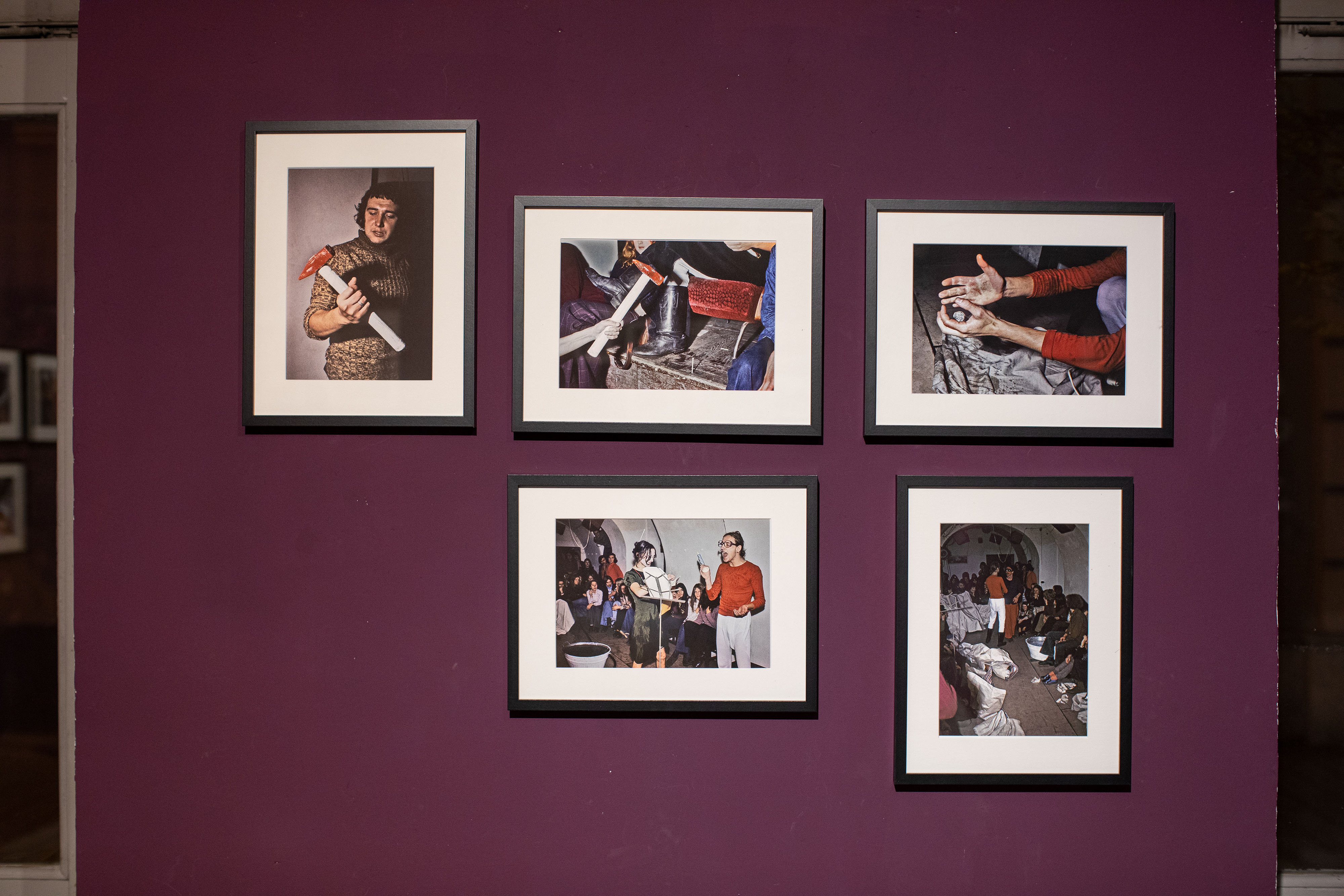
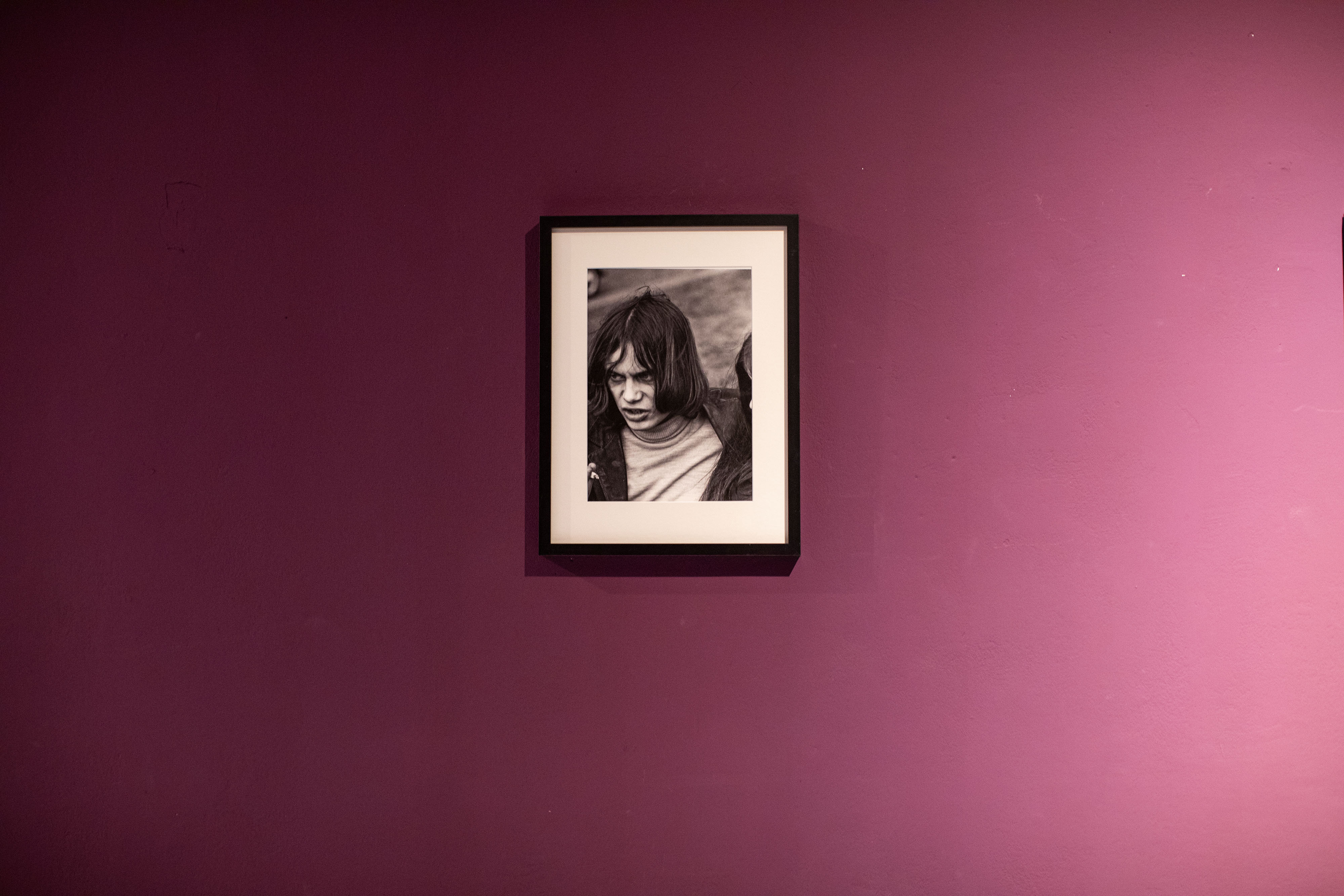
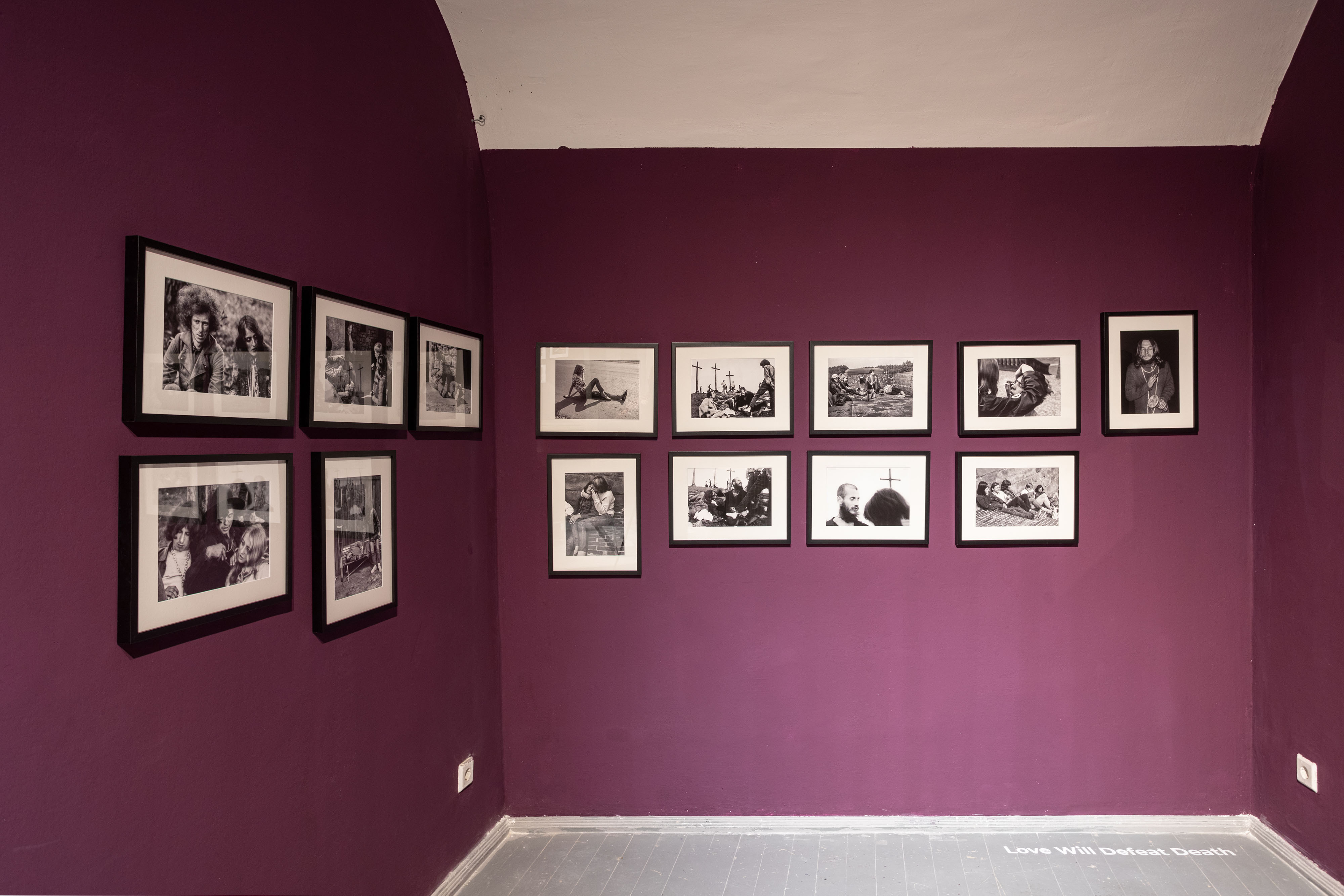
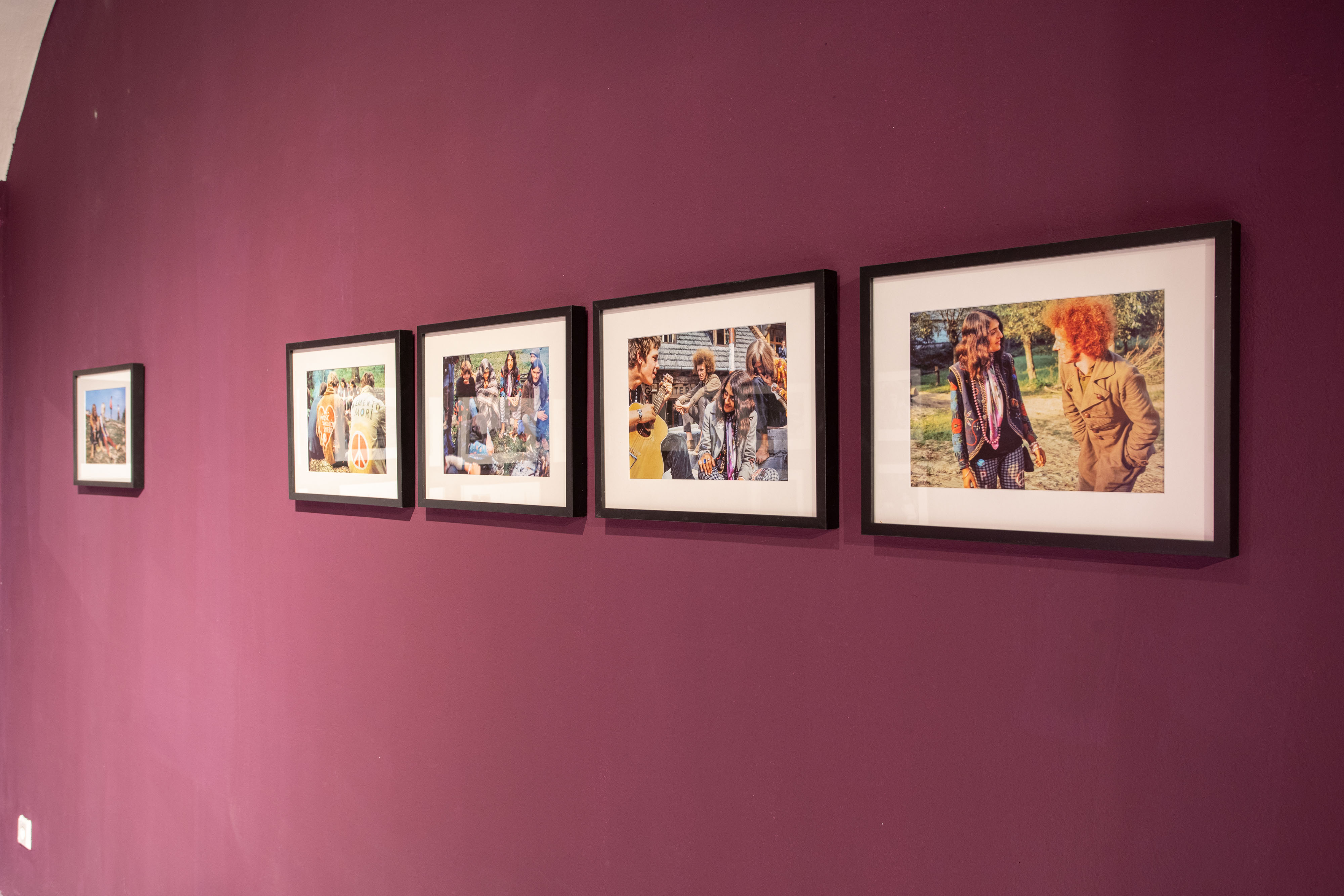
The main core of the exhibition is a selection of photographs from the archives by Polish artists and photographers-documentarians of the 1960s and 1970s: Tomasz Sikora, Ryszard Bobek, Kamil Sipowicz, Kwiek/Kulik, Stefan Okołowicz, Piotr Marek among others.
The exhibition is organized by the Katarzyna Kozyra Foundation.
Photos: Dávid Atóth

